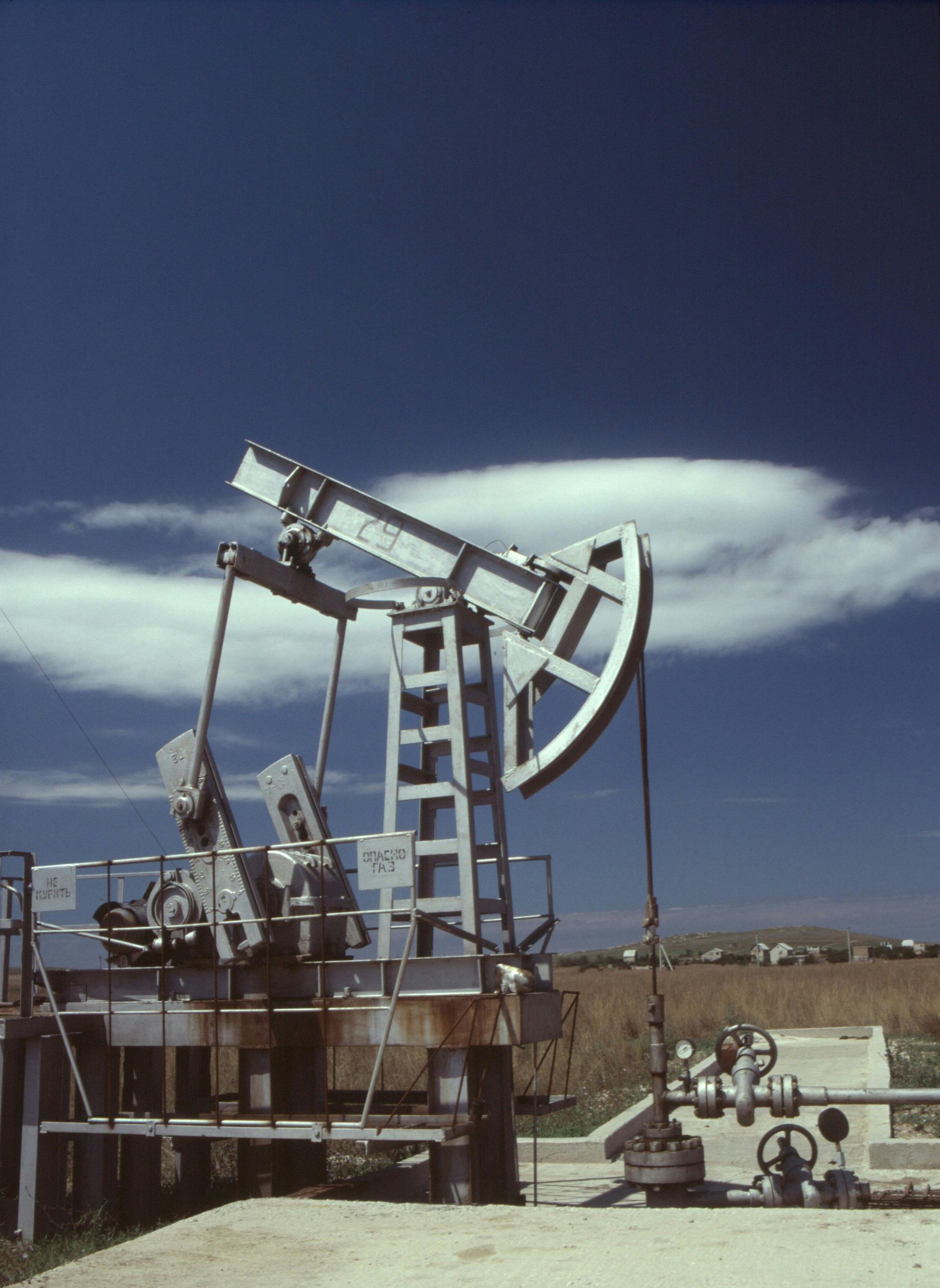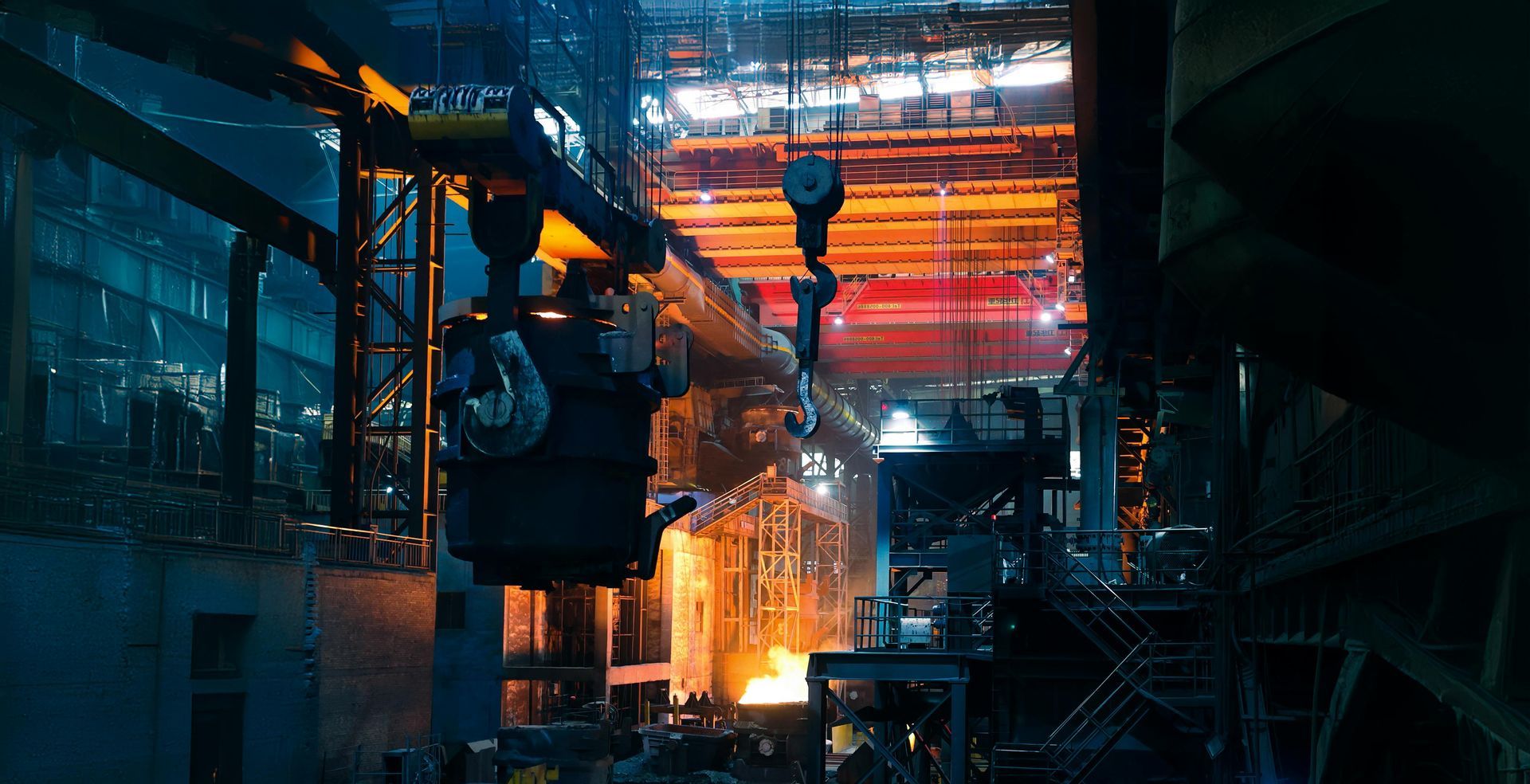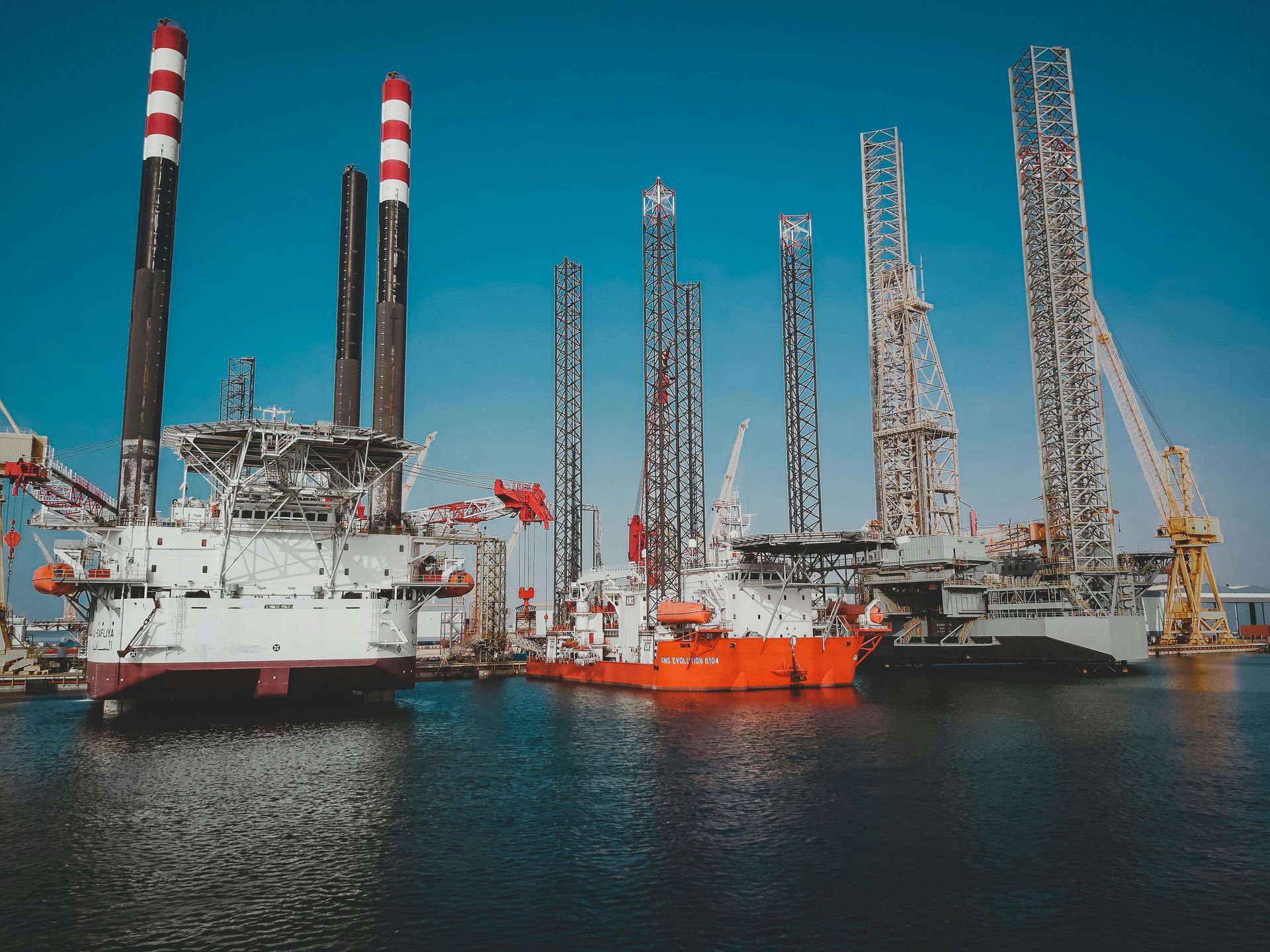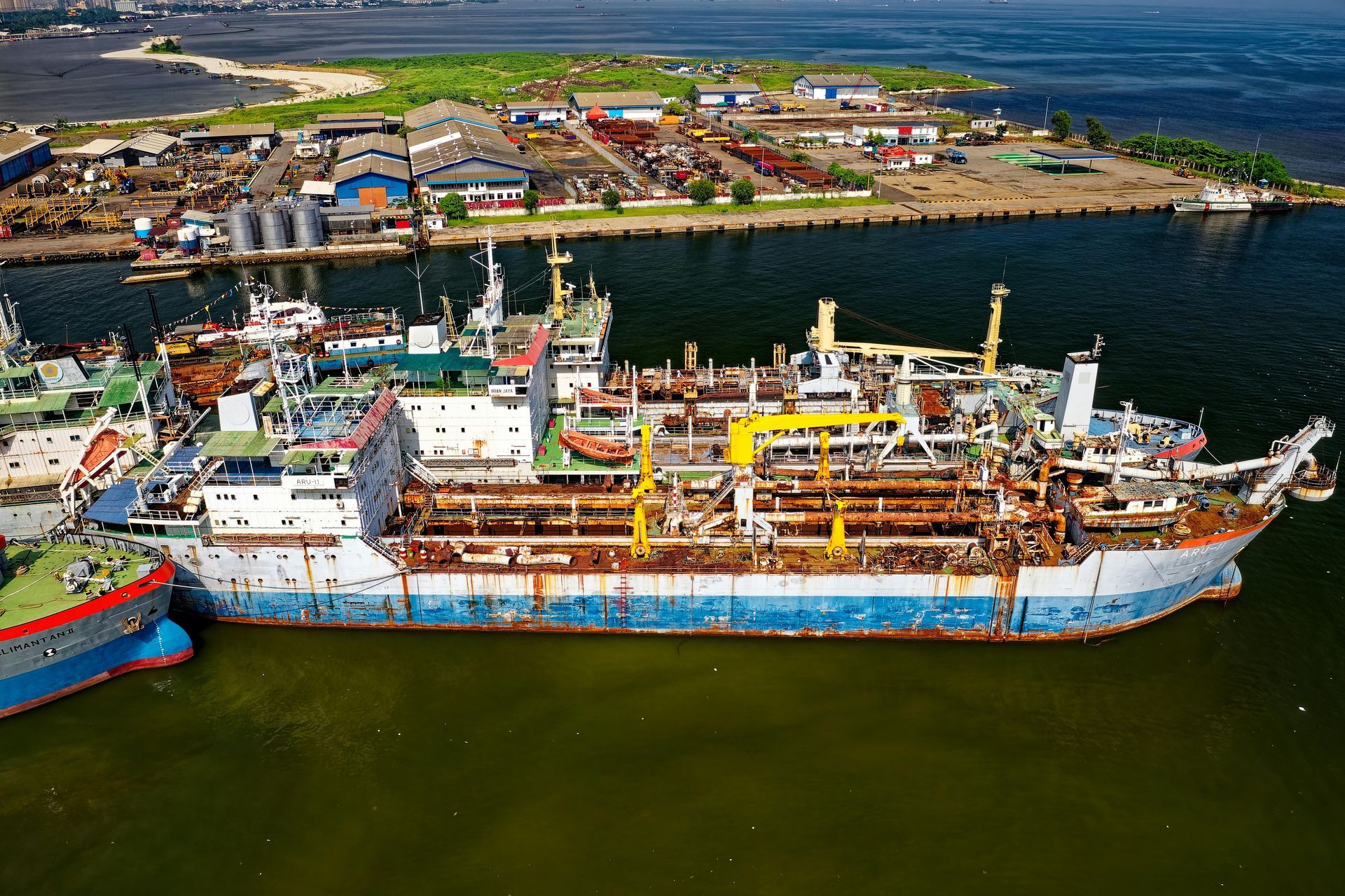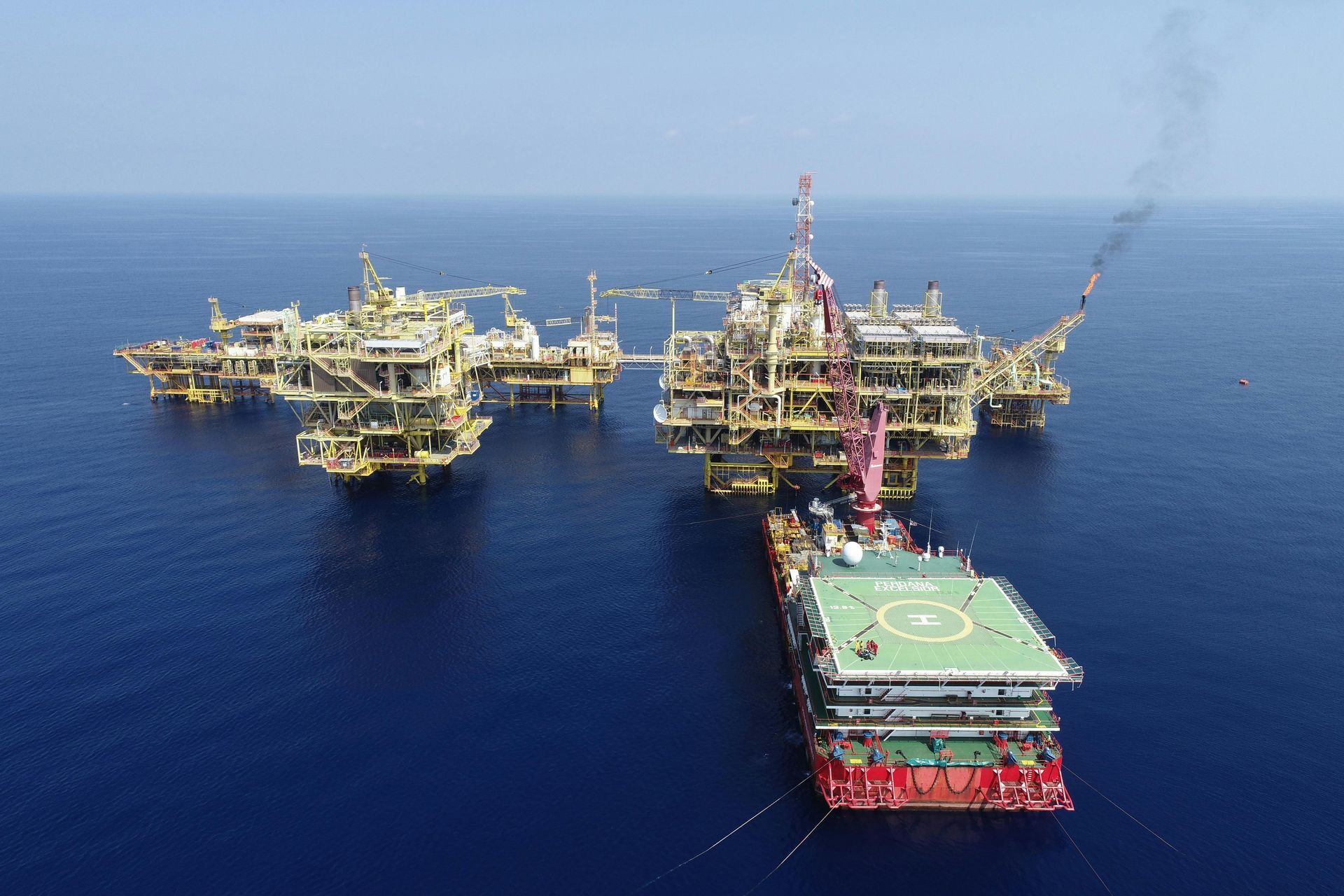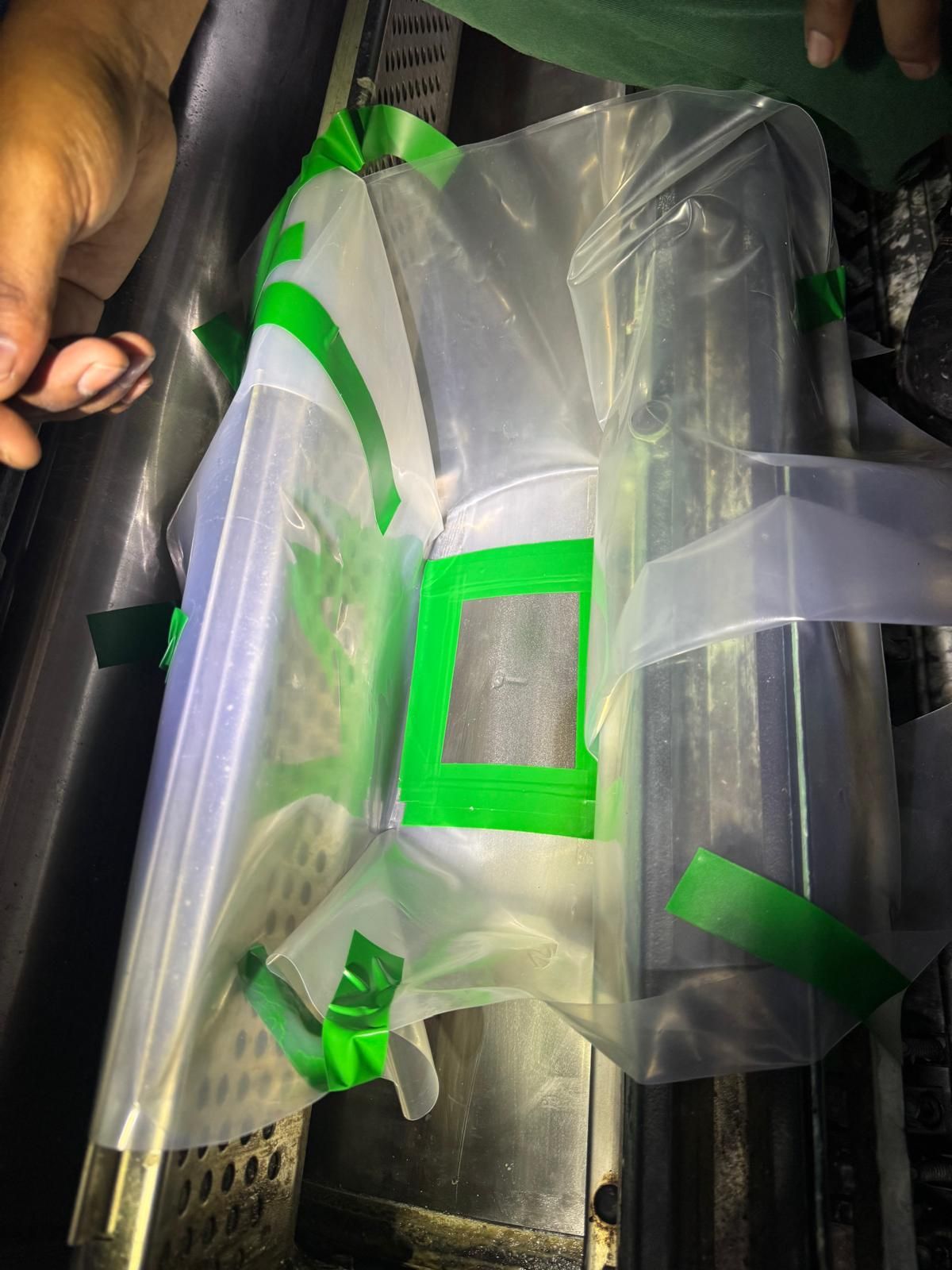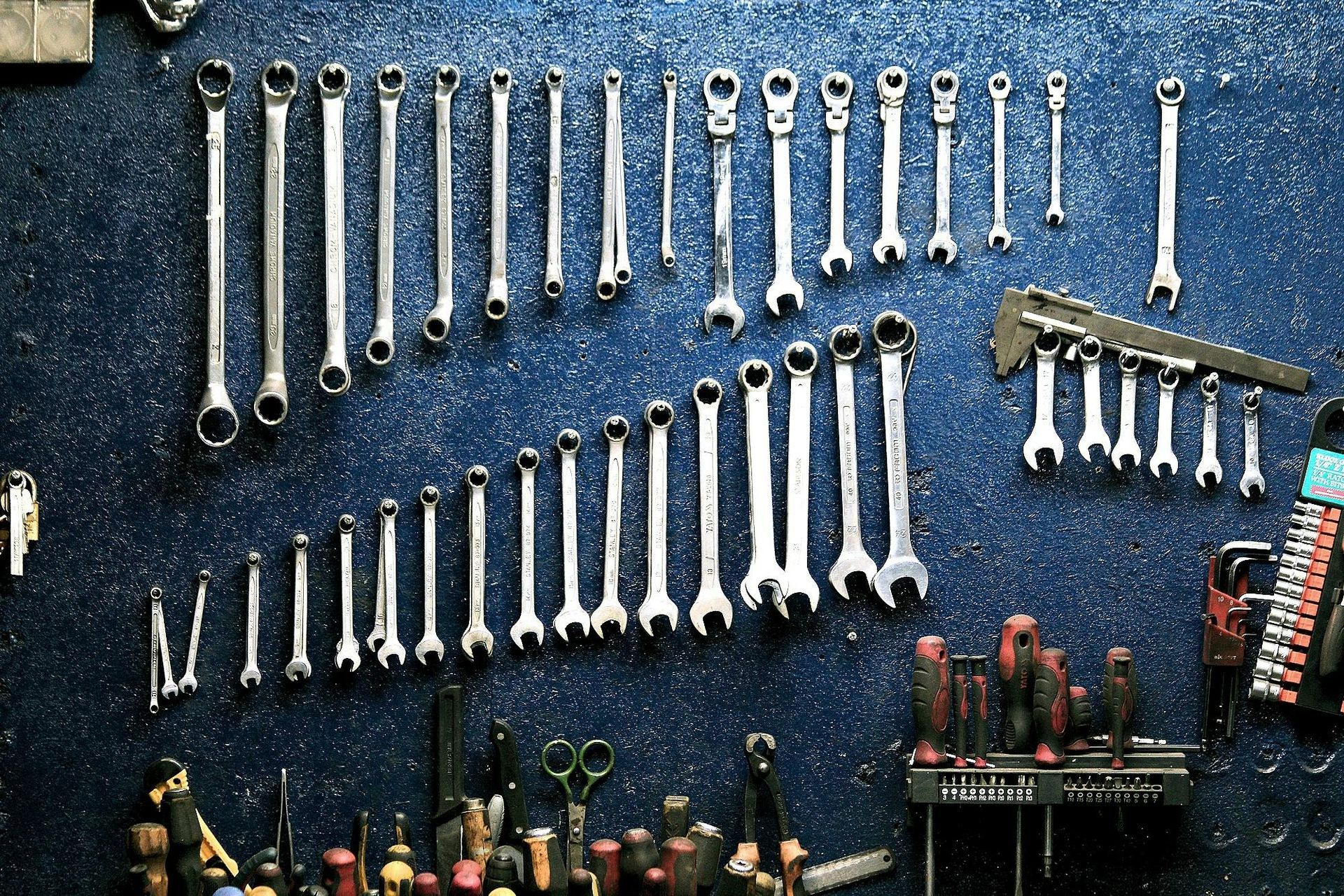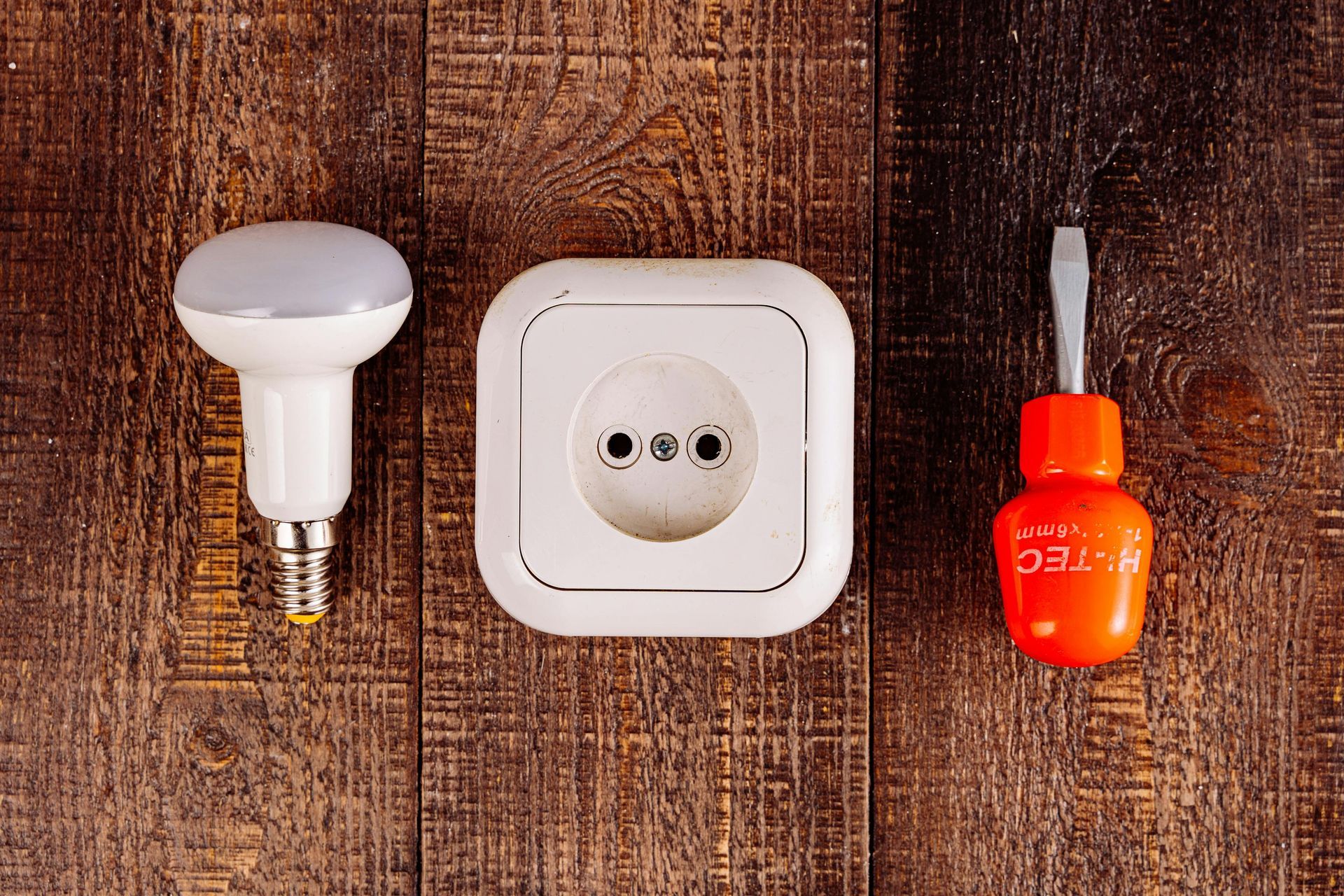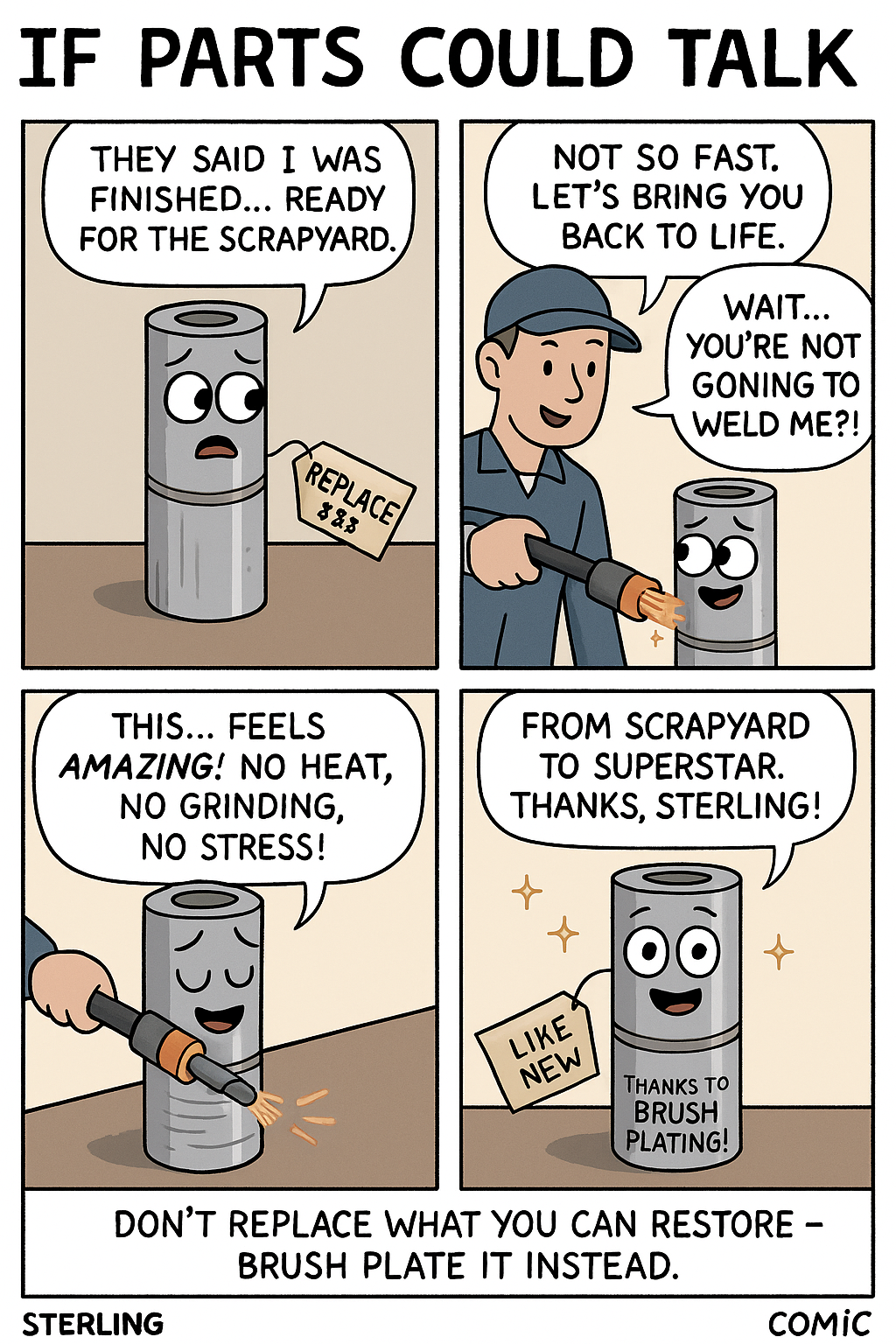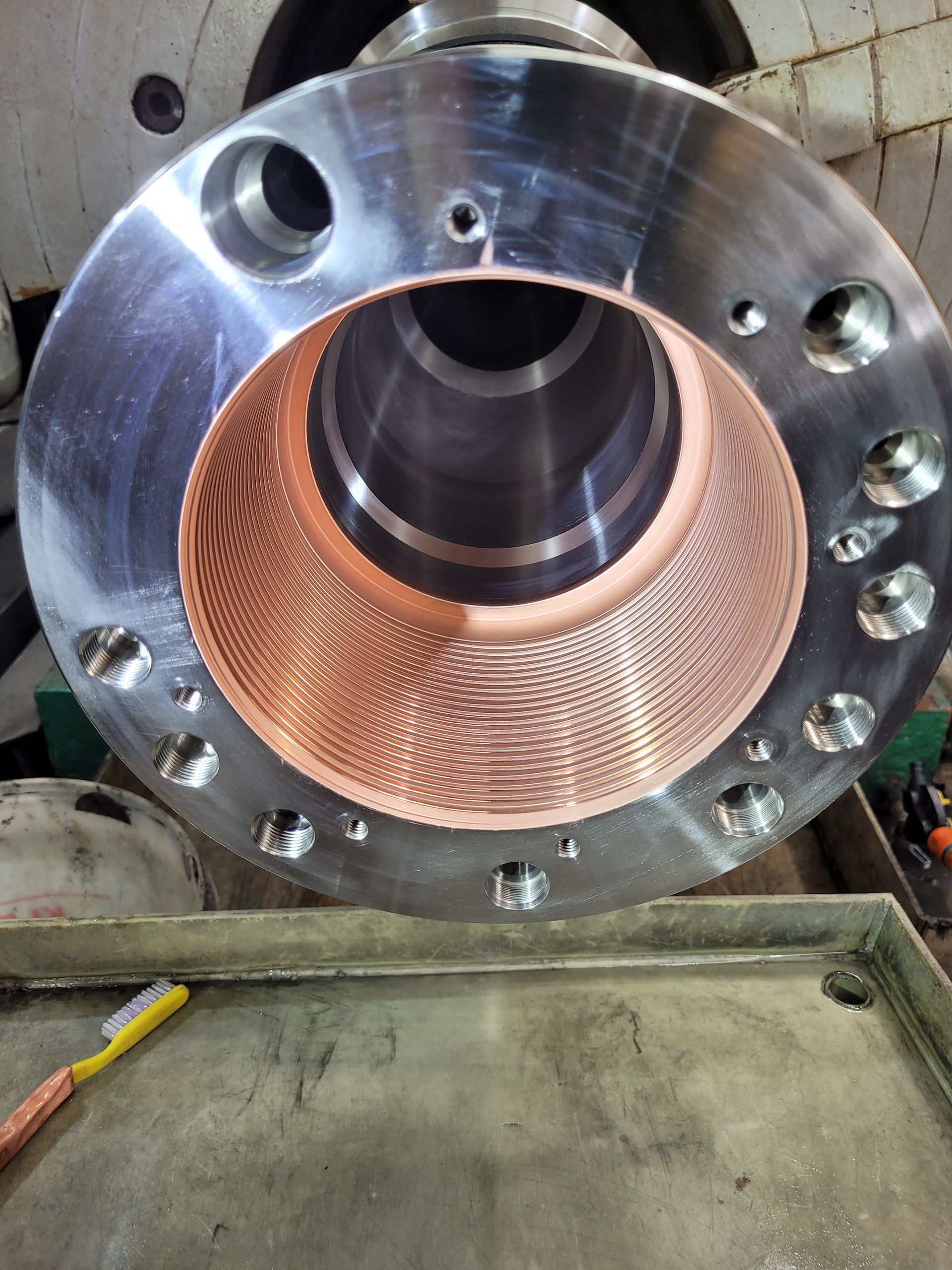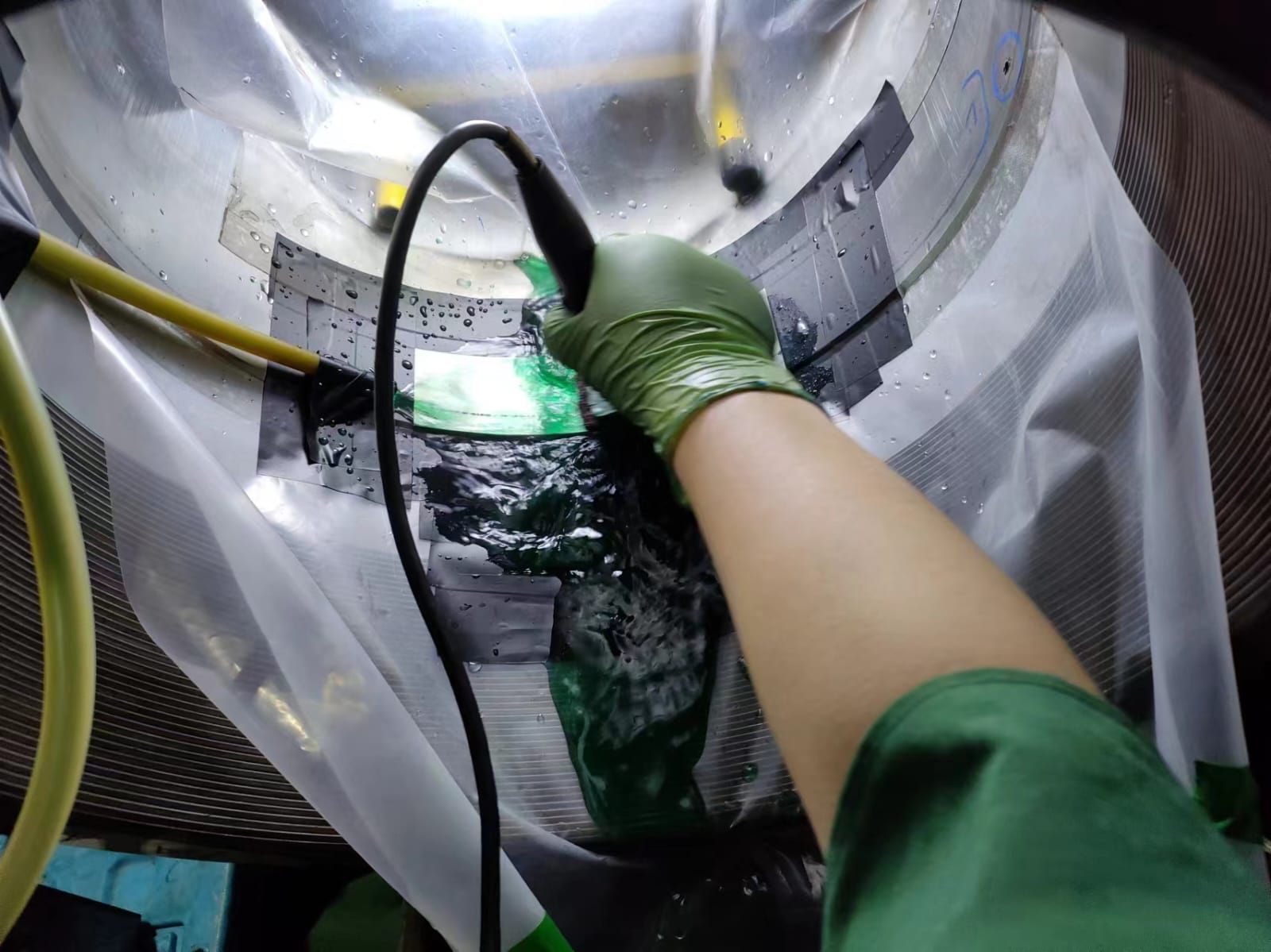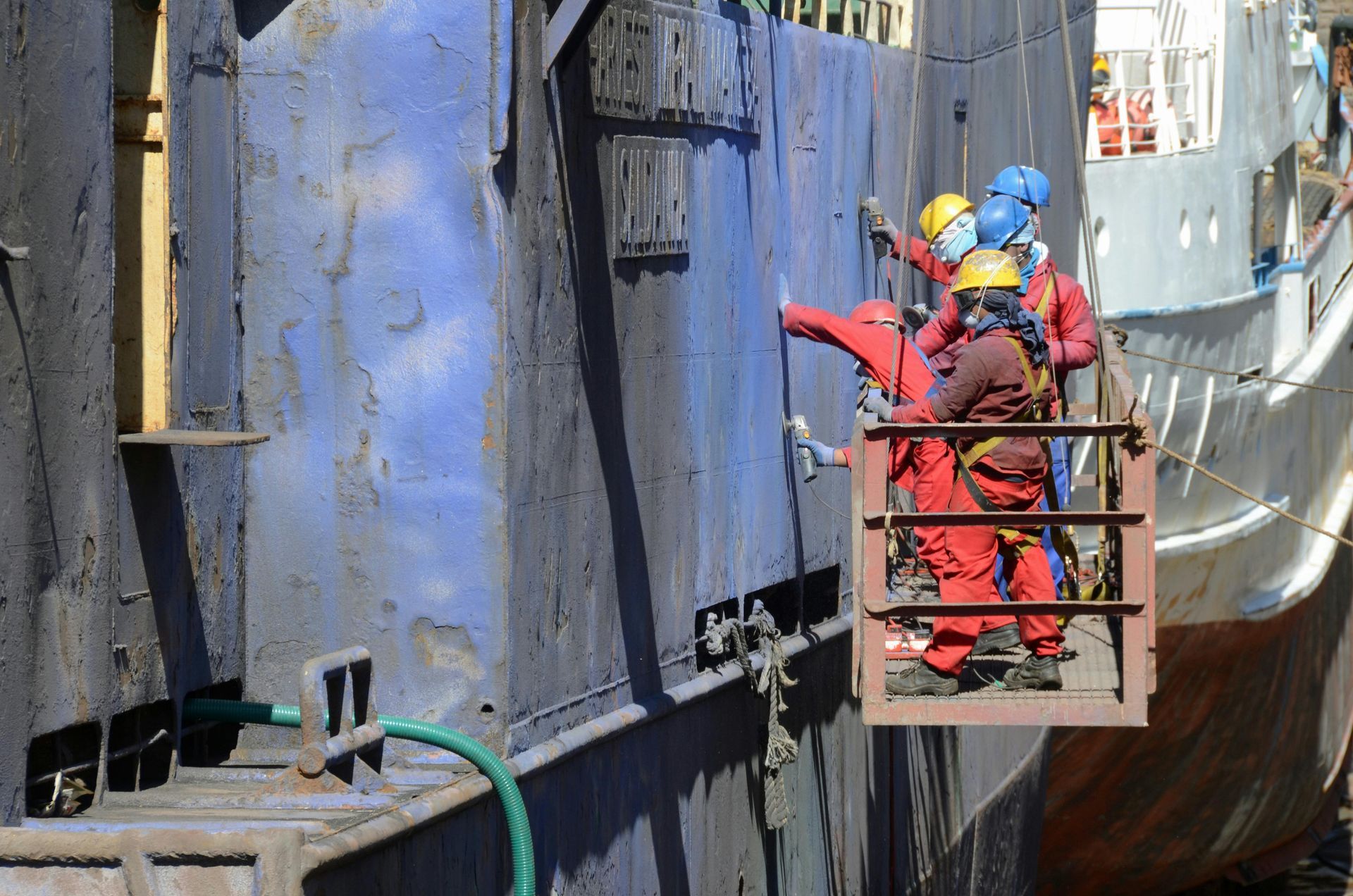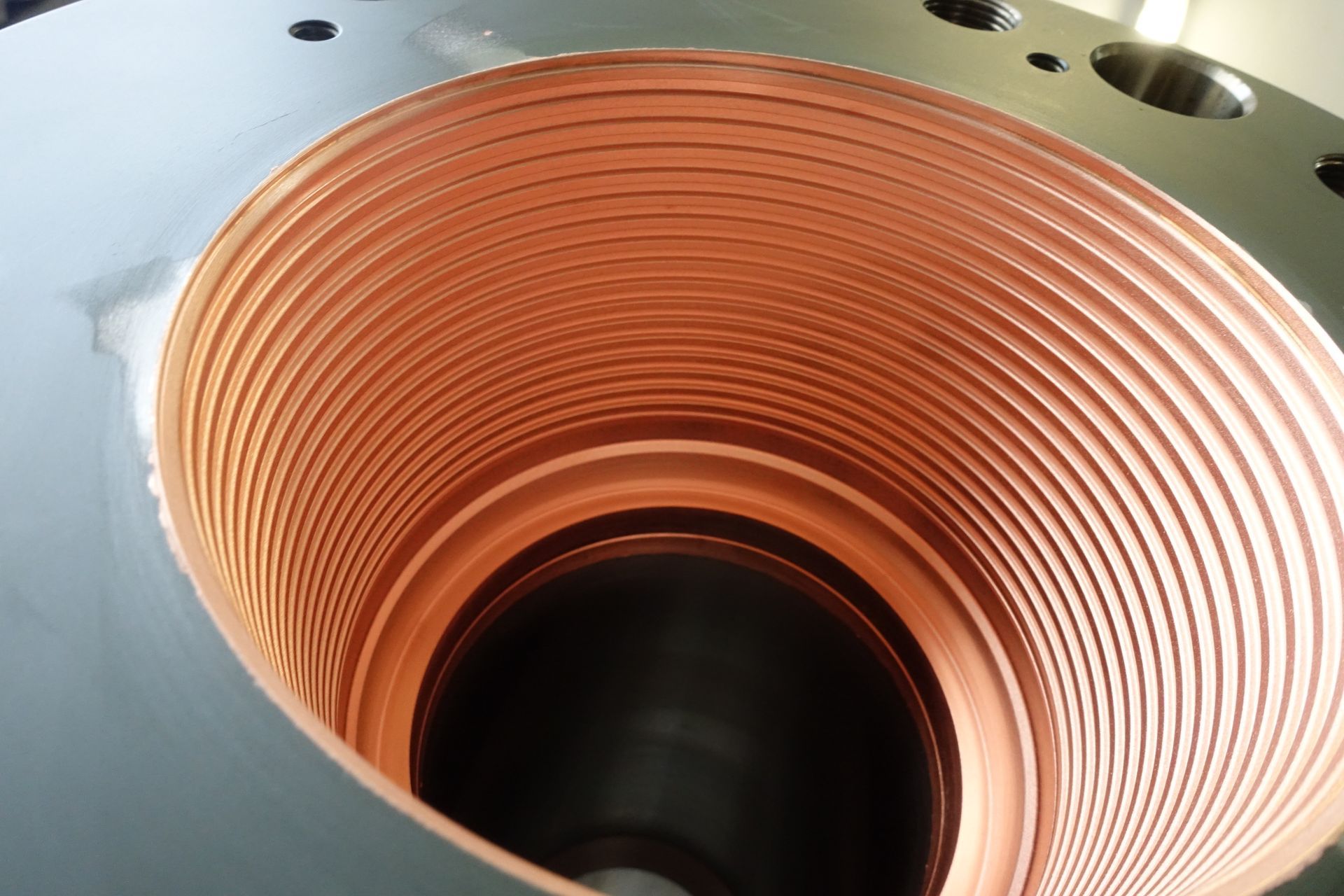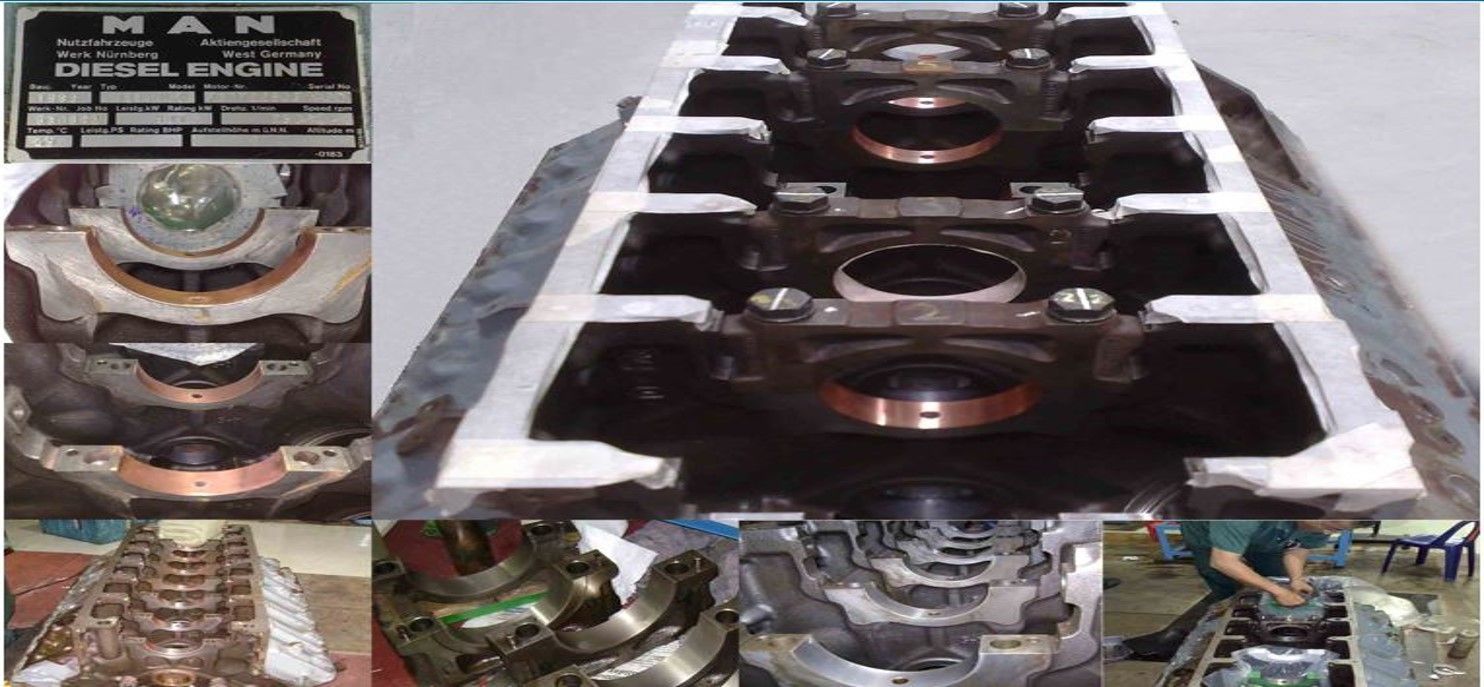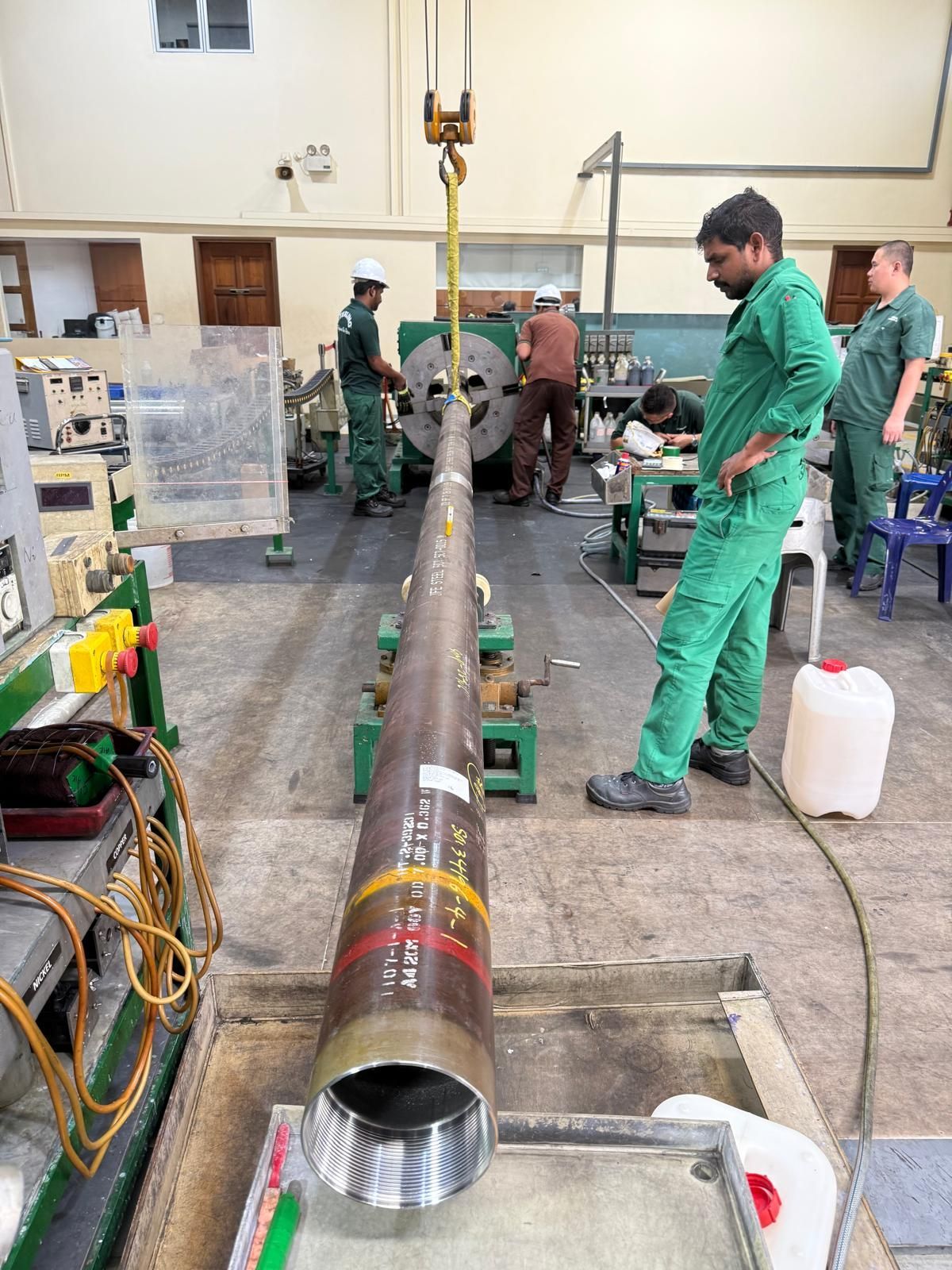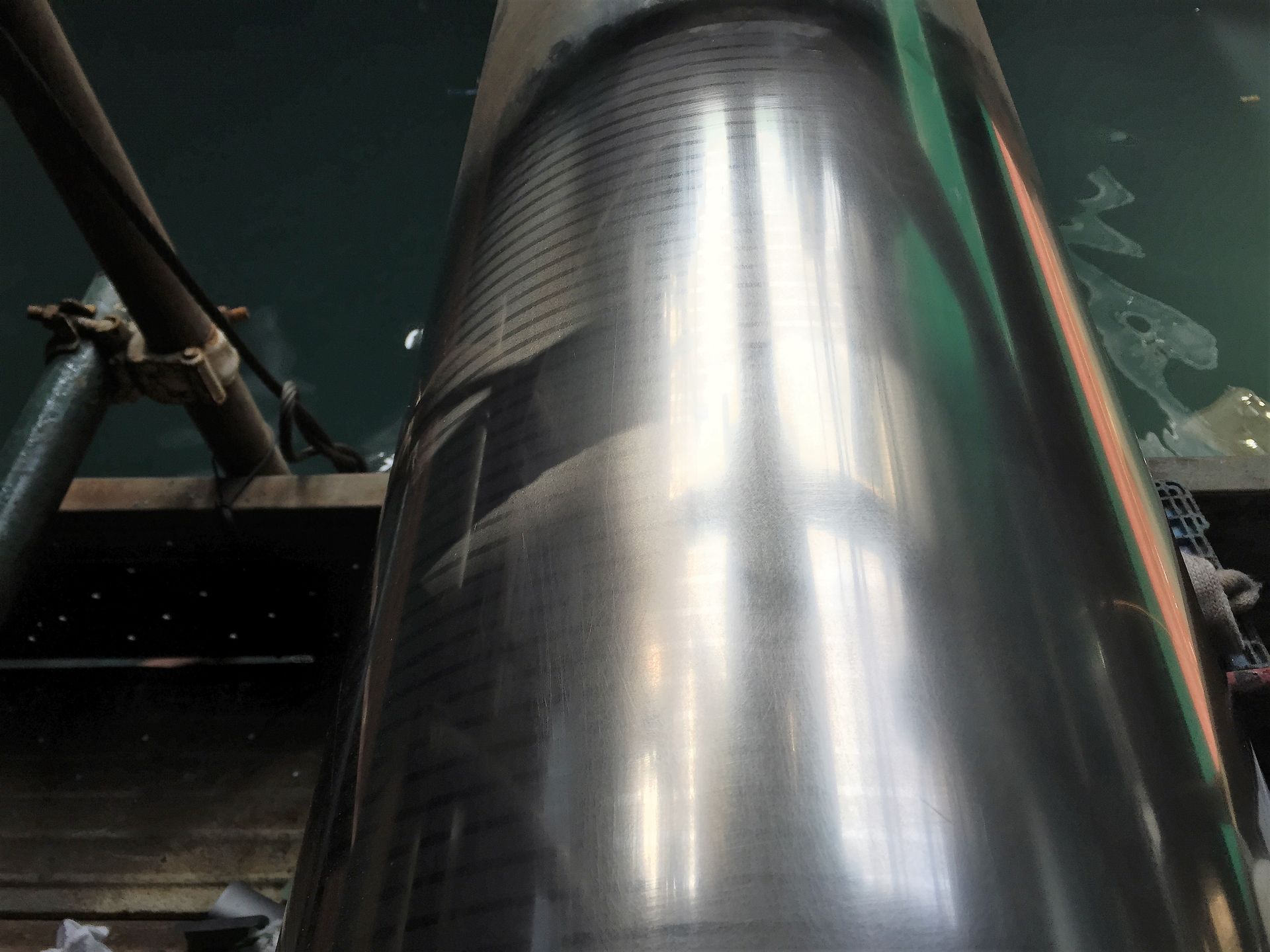What If Anti-Galling Fails?
The Chain Reaction—and Why It Matters More Than You Think
An OCTG accessory or premium connection goes downhole with copper plating that wasn’t applied or verified properly. The threads gall during make-up or after a few run/re-run cycles. Everything seems fine—until it isn’t.
This “what if” isn’t hypothetical for long. In the oilfield, thread integrity = well integrity. When anti-galling protection fails, the consequences cascade from microscopic metal transfer to multi-million-dollar disruptions—and, in the worst cases, safety and environmental incidents.
Below is a practical, operator-level breakdown of what happens, why it happens, and how Brush Plating—done right—prevents it.
Micro Level: What Actually Fails First
1. Friction Spike During Make-Up
- Poor or inconsistent plating (wrong prep, wrong thickness, poor adhesion) raises friction.
- Torque hits target early while threads aren’t fully engaged → false positive torque.
2. Metal Transfer & Surface Damage
- Localized high spots “weld” microscopically (adhesive wear).
- Unzips plating, scours the load flank, raises debris → accelerating wear on each make/break.
3. Seal Degradation
- Galling scars disrupt surface finish in seal areas.
- Loss of sealing integrity → micro-leaks under pressure/temperature cycling.
4. Progressive Integrity Loss
- Minute leaks become paths for fluids or gas migration.
- Make-up repeatability is lost; connection performance becomes unpredictable.
Bottom line at the micro level: the failure starts as friction and finish—but quickly becomes a sealing and structural problem.
Field Timeline: From “It’ll Run” to “We Have a Problem”
T+0–4 hours:
- Elevated torque to achieve make-up; crew attributes it to “tight threads.”
- Minor galling is dismissed; connection is run.
T+4–24 hours (pressure testing / early production):
- Small pressure decay or marginal test results.
- Operations press on to avoid delays—NPT (non-productive time) risk is rising.
T+1–7 days (early operation):
- Intermittent pressure anomalies; hydrocarbons or fluids detected where they shouldn’t be.
- Potential gas kick risks increase if barriers are compromised.
- Remedial actions begin: diagnostics, well shut-in, possible fishing if parts seize or break.
T+7–30 days (escalation):
- If leaks persist: workovers, pulling strings, replacement of damaged joints, or sidetracking.
- Costs compound: rig spread, logistics, new materials, schedule slippage, penalties.
Worst-case:
- Loss of containment can escalate to a well control event.
- H₂S exposure (where applicable) elevates life-safety risks dramatically.
- Environmental impact → regulatory intervention → prolonged downtime.
Consequences in Plain Terms
Operational (Immediate)
- NPT spikes: unplanned inspections, re-runs, workovers.
- Stuck pipe / fishing events: galling can seize threads or damage shoulders.
- Inventory strain: expedited replacements, scrapping damaged accessories.
Financial (Short to Mid-Term)
- Rig and vessel time: the most expensive line item grows by the hour.
- Schedule slippage: missed windows, demurrage, liquidated damages.
- Warranty/claims: disputes between operators, service companies, and shops.
Safety & Environment (Always Priority One)
- Personnel risk: elevated well-control and handling risks.
- Potential releases: even minor leaks can become major if undetected.
- Regulatory scrutiny: corrective actions, audits, tighter oversight.
Strategic (Macro)
- Reputation & trust: suppliers and shops face qualification reviews or suspension.
- Insurance & ESG: premiums rise; ESG scores suffer after incidents.
- Supply chain ripple: capacity is diverted to rework and replacement rather than growth.
Why Brush Plating—Executed Correctly—Prevents the Spiral
Brush Plating is not simply “copper on threads.” It’s a controlled, repeatable surface-engineering process that reduces friction, stabilizes make-up torque, and protects the sealing envelope.
What good looks like:
- Rigorous surface prep (cleaning, activation, controlled roughness) for bonding.
- Specified thickness windows for connection family & service (uniform, verified).
- Correct current density & chemistry for dense, adherent deposits.
- Localized application only where required—no contamination of non-target areas.
- Dimensional control measured and recorded (profilometry / gauges).
- Adhesion/robustness checks (e.g., water-jet / tape tests where specified).
- Documentation & traceability for every joint/accessory plated.
The result: predictable make-up, repeatable break-out, preserved seal geometry, and dramatically lower galling risk—run after run.
For Machine Shops & Threading Workshops
- Throughput without compromise: Brush Plating is fast and localized, ideal for premium and non-premium connections, odd sizes, and small batches.
- Less scrap, more yield: damaged or borderline parts can be restored within spec.
- Qualification ready: our process is approved by major OEM programs and built for auditability and traceability.
For Operators & Service Companies
- Barrier confidence: stable torque-turn, proper shoulder engagement, reliable sealing.
- Lower NPT: fewer “mystery” torque spikes, fewer leaks, fewer workovers.
- Lifecycle value: accessories and strings achieve their intended run/re-run counts safely.
Final Word: Treat Anti-Galling as Critical Well Assurance
If anti-galling is treated as a checkbox, the costs arrive later—and larger. Treated as critical well assurance, it pays for itself many times over in uptime, safety, and compliance.
Sterling Impreglon Asia has been executing qualified Brush Plating for OCTG connections and accessories since 1989, helping shops and operators run safer, faster, and more predictably—without the downtime and constraints of tank-only approaches.
👉 Food for thought this week: Is your anti-galling process giving you true barrier confidence—or just torque numbers?
Don’t leave it to chance. Choose Brush Plating done right—choose Sterling Impreglon Asia.



